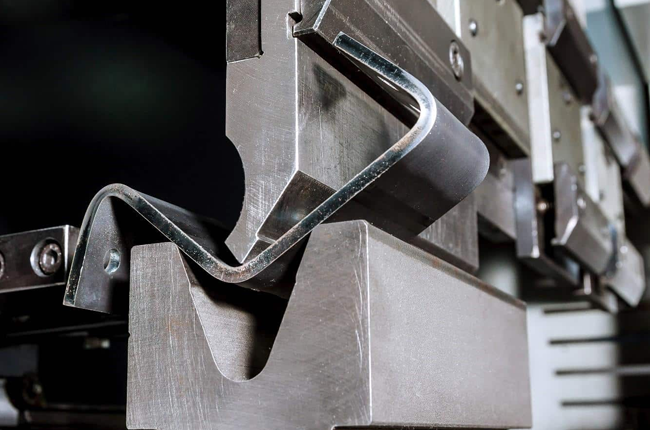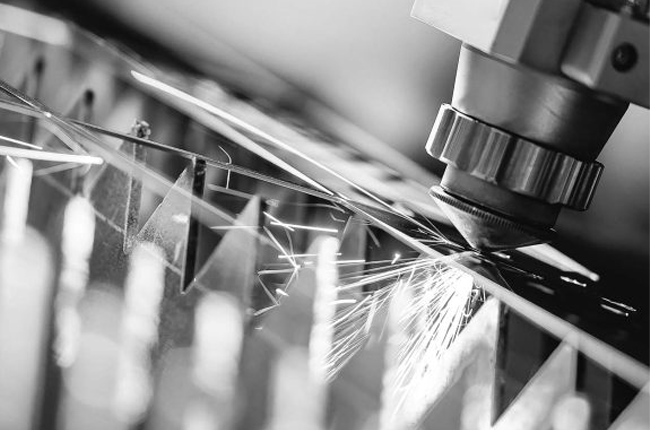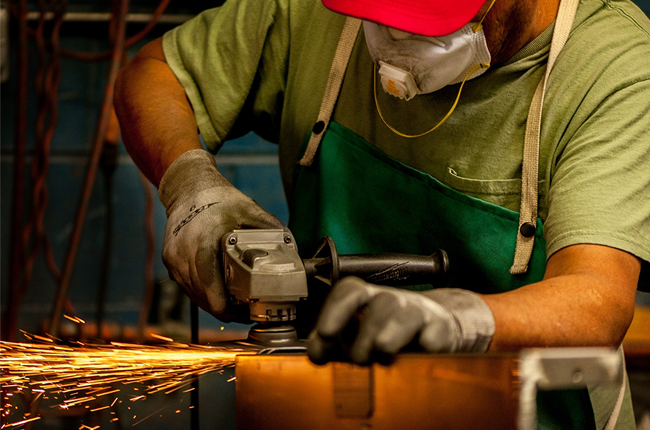10 Sheet Metal Fab Terms Engineers Need to Know

Sheet metal fabrication is critical in many industries, from automotive to aerospace and consumer electronics. For engineers working in this field, understanding the terminology is crucial. Here are ten essential terms every engineer should know:
Sheet Metal
Sheet metal is a flat piece of metal that is typically used in fabrication. It comes in various thicknesses, known as gauges, with thinner sheets called foil or leaf and thicker sheets known as plate. The type of metal can vary, including steel, aluminium, copper, and more.
Gauge
The gauge of sheet metal refers to its thickness. The higher the gauge number, the thinner the metal. For example, 20-gauge steel is thinner than 10-gauge steel. This measurement is crucial as it affects the metal's strength, weight, and flexibility.
Bend Radius

The bend radius is the minimum radius at which one can bend a metal sheet without damaging it. It's essential in designing parts, as a smaller bend radius can lead to cracking or breaking. For most materials, the bend radius should be at least equal to the thickness of the metal.
Bend Allowance
A bend allowance is the amount of material required to make a bend. It accounts for the stretch and compression that occurs during bending. Understanding bend allowance helps create accurate designs and ensure that the bent part's final dimensions are correct.
Blanking
Blanking is a process where a piece of sheet metal is cut out or punched from a larger sheet. This "blank" is used for further processing, such as bending or forming. Blanking is essential for creating parts with precise dimensions and shapes.
Forming

Forming refers to the process of shaping sheet metal by deforming it rather than cutting it. Standard forming methods include bending, rolling, and stretching. Forming is used to create complex shapes and structures from flat sheets.
Punching
Punching is like blanking, but instead of cutting out a whole piece, it creates holes or shapes in the sheet metal. Punching is commonly used to create holes for fasteners or decorative patterns.
Shearing

Shearing is a process that cuts sheet metal by applying a shearing force. It's like using a pair of scissors to cut paper. Shearing is used to cut straight lines and can be used to cut sheets into smaller pieces.
Laser Cutting
Laser cutting uses a high-powered laser beam to cut through sheet metal. This process is exact and can cut intricate shapes and designs. Laser cutting is often used for prototypes and small production runs due to its accuracy and speed.
Welding
Welding is the process of joining two pieces of metal together by melting them at the joint. Various welding techniques exist, including MIG (Metal Inert Gas), TIG (Tungsten Inert Gas), and spot welding. Welding is crucial for creating solid and permanent joints in metal structures.
Conclusion
Understanding these ten sheet metal fabrication terms is essential for engineers in this field. Each term represents a fundamental concept or process critical for designing, manufacturing, and assembling sheet metal parts. By familiarizing themselves with these terms, engineers can communicate more effectively with fabricators, improve their designs, and ensure the quality of their final products.
Whether you are a seasoned engineer or new to the field, keeping these terms in mind will help you navigate the complexities of sheet metal fabrication and achieve better project results.